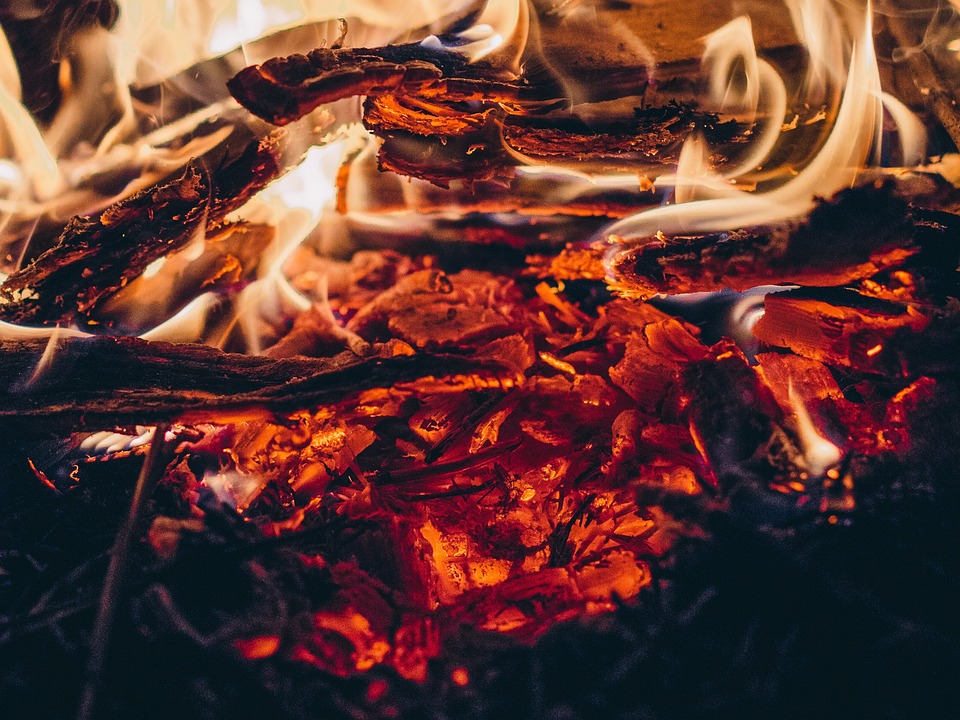Table of Contents
Introduction
Wild camping, also known as dispersed camping, is a thrilling and immersive way to experience the great outdoors. Unlike traditional camping, wild camping allows you to explore remote locations, embrace solitude, and connect with nature on a deeper level. However, planning and preparation are crucial to ensure a safe and enjoyable experience. In this article, we will guide you through everything you need to know before embarking on your wild camping adventure.
1. Choosing the Right Location
When selecting a wild camping spot, it’s important to consider factors such as legal restrictions, accessibility, and terrain. Research your chosen area beforehand to ensure it allows wild camping and to learn about any regulations or permits required. Additionally, assess the surroundings and terrain to ensure it meets your preferences and level of expertise.
2. Essential Gear and Equipment
Before heading into the wilderness, it’s crucial to pack the right gear and equipment. Some essentials include a tent, sleeping bag, camping stove, water purifier, first aid kit, headlamp, and appropriate clothing for the weather conditions. Make a checklist in advance to ensure you don’t forget any important items.
3. Leave No Trace
Respecting the environment is fundamental when wild camping. Always follow the principles of Leave No Trace, which include packing out all your trash, minimizing campfire impact, and being mindful of wildlife and vegetation. Leave the campsite as pristine as you found it, so future campers can enjoy the wilderness just as much as you did.
4. Safety Precautions
Wild camping comes with its own set of risks and challenges. Prioritize your safety by informing someone about your plans, carrying a map and compass (and knowing how to use them), and checking weather forecasts before heading out. Be prepared for emergencies by carrying a whistle, extra food and water, and knowing basic first aid skills.
5. Campfire Considerations
Campfires can be an enjoyable part of the camping experience but must be approached with caution. Check local regulations regarding campfires and follow established fire safety guidelines. Always use designated fire rings or create a small, controlled fire pit and ensure it’s fully extinguished before leaving your campsite.
6. Wildlife Encounters
Encountering wildlife is one of the incredible aspects of wild camping. Keep your distance and never feed or approach wild animals. Research the region you’ll be visiting to understand potential encounters and how to appropriately handle them. Be diligent about food storage to avoid attracting wildlife to your campsite.
7. Etiquette and Consideration
Respecting other campers and the local community is essential. Observe quiet hours, camp at a reasonable distance from other campsites, and avoid excessive noise that could disturb wildlife. When camping on private property, always obtain permission from the landowner before setting up camp.
FAQs Section
1. Is wild camping legal?
Wild camping regulations vary across different locations. Some countries and regions permit wild camping, while others may have restrictions or require permits. Research the specific regulations of your chosen area before planning your trip.
2. Are there any safety concerns while wild camping?
Wild camping involves certain risks, such as getting lost or encountering wildlife. However, with proper preparation, knowledge, and caution, these risks can be minimized. Always inform someone about your plans, stay aware of your surroundings, and be prepared for emergencies.
3. What should I do if I encounter a bear or other dangerous animals?
If you encounter a bear or any other potentially dangerous animal, it’s important to remain calm and avoid direct eye contact. Back away slowly while keeping the animal in sight. Do not run or turn your back. Make noise, raise your arms, and try to make yourself look larger to deter the animal. Learn the specific guidelines for the wildlife in your area beforehand.
4. Can I have a campfire while wild camping?
Campfire regulations vary depending on the location and the time of year. Some areas may have fire bans or restrictions, especially during dry seasons. Always check local regulations and guidelines before starting a campfire, and ensure you have the necessary tools to extinguish it properly.
5. How can I minimize my impact on the environment while wild camping?
To minimize your impact on the environment, adhere to the principles of Leave No Trace. Pack out all your trash, avoid damaging flora and fauna, and be considerate of other campers and wildlife. Respect and preserve the natural beauty of the area so that it can be enjoyed by future generations.




